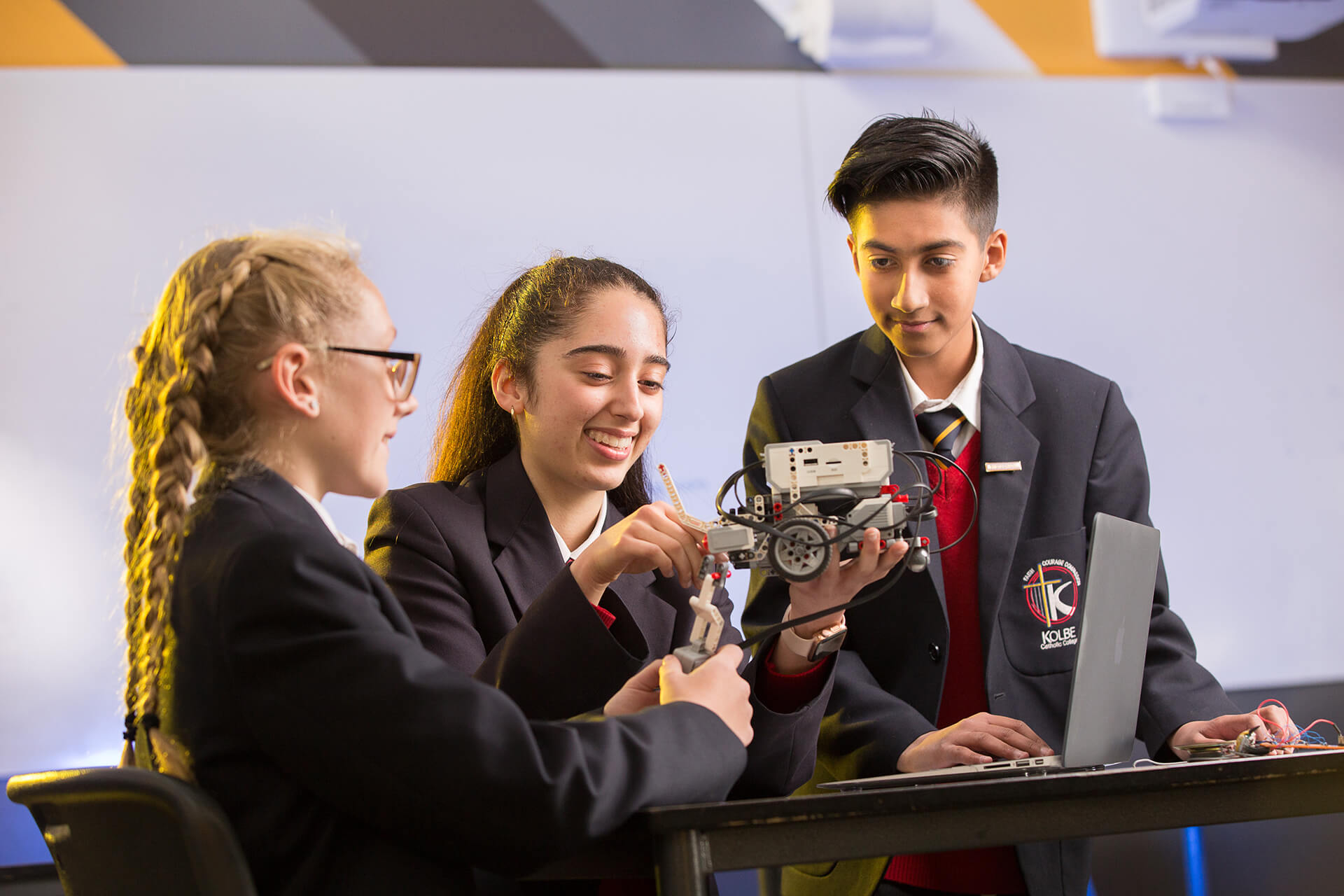
Adaptations at Melbourne Zoo – Unit 2 Biology real-life experiment
One of the areas of Biology covered by students in Semester Two is Adaptations – how organisms change over time to be better suited to their environments. To provide students with some real-life applications of this concept, they went to Melbourne Zoo to see the work they do to assist endangered animals survive in captivity, and in the wild. Students learnt about the Southern Corroboree Frog and how the Zoo is working to release this endangered amphibian back into the mountains of Mount Kosciusko. They also assist the Zoo with data collections on the feeding habits of the Common Eggfly and Australian Lurcher Butterflies.
Following are the reflections of two students who took part in the excursion.
August 26th saw the arrival of Year 10 & 11 students at the Melbourne Zoo, a day of brilliant sightseeing and an opportunity to begin our introduction to Unit 2 Biology. It was a peaceful day with little rain. My friends and I enjoyed various enclosures - reptiles, giraffes and zebras. After a time of wandering, the Year 10 & 11s then participated in a butterfly-house data collection to explore the physical appeals of a butterfly’s diet. As a part of our Adaptations unit, we also engaged in a workshop that explored the critically endangered Southern Corroboree Frog as well as the consequential bioethics that surrounded the species. It was particularly interesting evaluating the bioethics within each pacing enclosure and activity — to step into the shoes of a Zookeeper for a day and apply our student knowledge through such a fascinating lens. - Filifili P.
Biology students were able to visit the Melbourne Zoo which was an opportunity we found both educational and enjoyable. Our learning intention was to collect and analyse data about the colour of feeder which the butterflies would feed from the most. At first students were hesitant that doing an experiment during our time at the zoo would spoil the fun, however interacting with the butterflies and getting to know more about them turned out to be quite an entertaining experience. We were also given the chance to visit other animal enclosures during our free time which students made the most of, rushing from enclosure to enclosure excited to see the next animal. I think that everyone who went would agree that we discovered the hidden science and beauty behind Zoos and what zoologists do, made a lot of memories along the way, and overall had a fun time at the Melbourne Zoo. - Caleb K.






